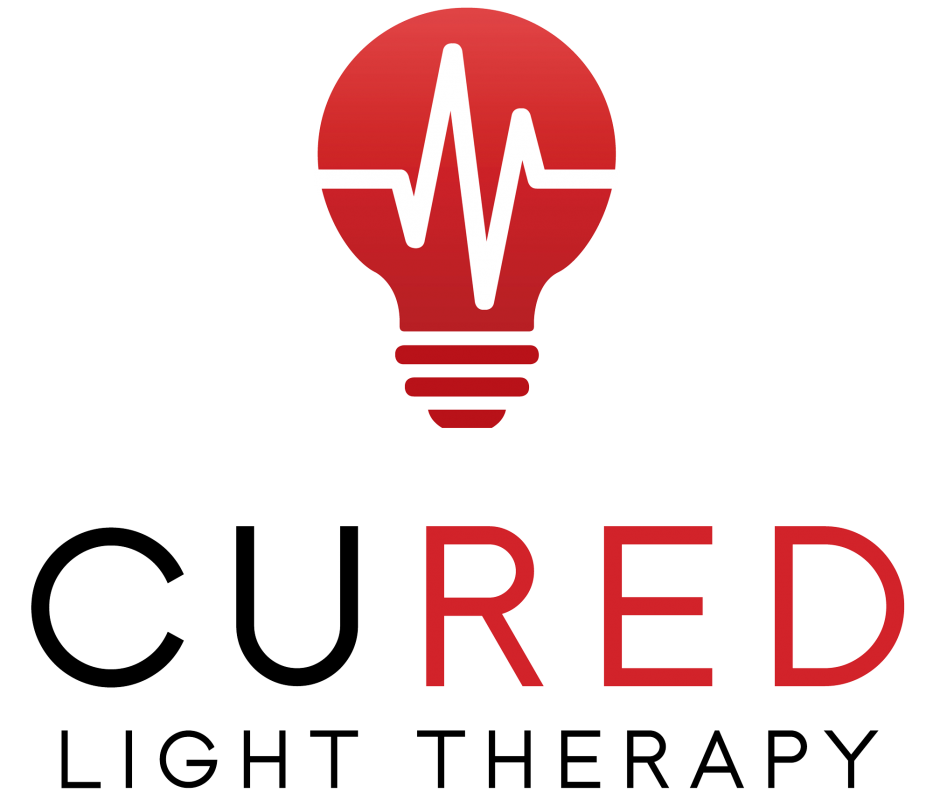Hormonally imbalanced can be the cause of a range of unwanted symptoms, from fatigue, irritability, hair loss, palpitations or weight gain to uneven skin, low libido (1) or difficulty concentrating. (2)
Hormones are chemicals produced by glands in the endocrine system and released into the bloodstream. An imbalance occurs when there is too much or too little hormone. Hormones, in both women and men, are important for regulating many different processes in the body, including appetite and metabolism, sleep cycles, reproductive cycles and sexual function, body temperature and mood.
It’s no surprise, then, that even the smallest imbalance can have a noticeable effect on your overall health and well-being.
It is normal for your hormone levels to change at various times in your life, such as before and during your period or pregnancy, or during menopause. But some medications and health problems can also cause them to go up, down or become chronically out of balance, in both men and women.
Thyroid
The thyroid is a butterfly-shaped organ located in the lower front part of your neck. It is one of several glands that make up the endocrine system, and it secretes hormones that are responsible for regulating literally every cell, tissue, and organ in the body.
The thyroid normally releases many crucial hormones that travel through the bloodstream to reach receptors throughout the body. Thus, a disruption in thyroid function can cause widespread, profound health problems. (3)
Hypothyroidism, commonly known as ‘Hashimoto’s disease’, is autoimmune disease, in which our own defense system targets, in this case, the thyroid cells, causing these cells to break down and the thyroid gland to gradually slow down and make less and less thyroid hormone. Women – especially older women – are the most susceptible group to developing hypothyroidism.
Scientifically proven effect of Red Light Therapy on the thyroid gland.
Research clearly shows that light therapy improves general thyroid function and lowers the concentration of TPOAb (antibodies present in high concentrations in Hashimoto patients) in the body.
These Hashimoto’s TPO antibodies decreased by 39%. (4)
In addition, it is found that 50-75% of the people studied with postoperative hypothyroidism were able to significantly lower their medication. Antibodies to Tg and TPO were reduced after treatment. (5)
This study (6) showed that in a group of patients the TSH averaged 9.1 mIU/L, after ten sessions of light therapy, the TSH was normalized in 97% of these women and averaged 2.2 mIU/L.
Helps restore the liver
Liver health is critical to maintaining and restoring proper hormonal balance, especially when it comes to thyroid and estrogen issues.
This study (7) demonstrates how the liver is regenerated using red and NIR light therapy.
Testosterone
Recent research shows that red light therapy initiates a chemical process in the body that improves oxygen uptake in the mitochondria. When red light / near infrared light is applied therapeutically, the endocrine (hormonal) system is boosted by the reduction in nitric oxide. By producing ATP, among other things, via the mitochondria in the Leydig cells (cells responsible for the production of testosterone (8)). This in turn helps to increase the amount of testosterone hormone produced.
(9) This study experienced an increase in sperm motility after exposure of sperm to red light therapy. Sperm motility is associated with cellular energy; more energetic sperm will swim with more power. This is an essential part of male reproductive health. Success in improving sperm motility points to the use of red light therapy as a completely safe (10) way to improve male fertility.
Hormones and Red Light Therapy
In addition to the chemical process that balances your hormones, red light therapy can also improve symptoms of hormone imbalance (11) such as:
- help you sleep better
- improve skin, reduce fine wrinkles
- help with joint pain or certain abdominal pain
- fatigue
- manage mood swings
- stimulate fat loss
- reduce headaches
- increase libido
- improve the biorhythm
- blood sugar balance
Red light therapy is successfully applied against the complaints associated with hormone imbalance, but also with fibromyalgia. In addition, it improves thyroid function. When thyroid function improves, fibromyalgia symptoms also decrease.
Whether you’ve been a thyroid patient for a long time, suspect your thyroid function is sluggish, or simply want to boost your metabolism. Red light therapy is a safe, easy and proven method to support your thyroid function.
Sources:
(1) Estrogen-mediated hormonal imbalance leads to erectile dysfunction
https://pubmed.ncbi.nlm.nih.gov/12605239/
(2) Effect of lifestyle intervention on the hormonal profile of frail, obese older men
https://www.ncbi.nlm.nih.gov/pmc/articles/PMC4811358/
(3) Inflammatory Thyroid Disease
https://pubmed.ncbi.nlm.nih.gov/27100868/
(4) Low-level laser therapy in chronic autoimmune thyroiditis: a pilot study
https://pubmed.ncbi.nlm.nih.gov/20662037/
(5) Hypothyroidism: Can It Be Treated With LIGHT?
http://valtsus.blogspot.com/2015/09/hypothyroidism-could-it-be-treated-with.html
(6) Low-level laser therapy in chronic autoimmune thyroiditis: a pilot study
https://pubmed.ncbi.nlm.nih.gov/20662037/
(7) Improved liver regeneration after acute hepatectomy by low-level laser therapy
https://www.liebertpub.com/doi/abs/10.1089/pho.2009.2756
(8) Leydig cells, thyroid hormones and steroidogenesis
https://pubmed.ncbi.nlm.nih.gov/16313060/
(9) Effect of 830-nm diode laser irradiation on human sperm motility
https://pubmed.ncbi.nlm.nih.gov/23407899/
(10) Red light enhances spermatozoa motility and does not cause oxidative DNA damage
https://pubmed.ncbi.nlm.nih.gov/28425485/
(11) Perimenopause: Changes, Treatment, Staying Healthy
http://www.healthyinfo.com/consumers/ho/arhp/Perimenopausehealthmatters.pdf



